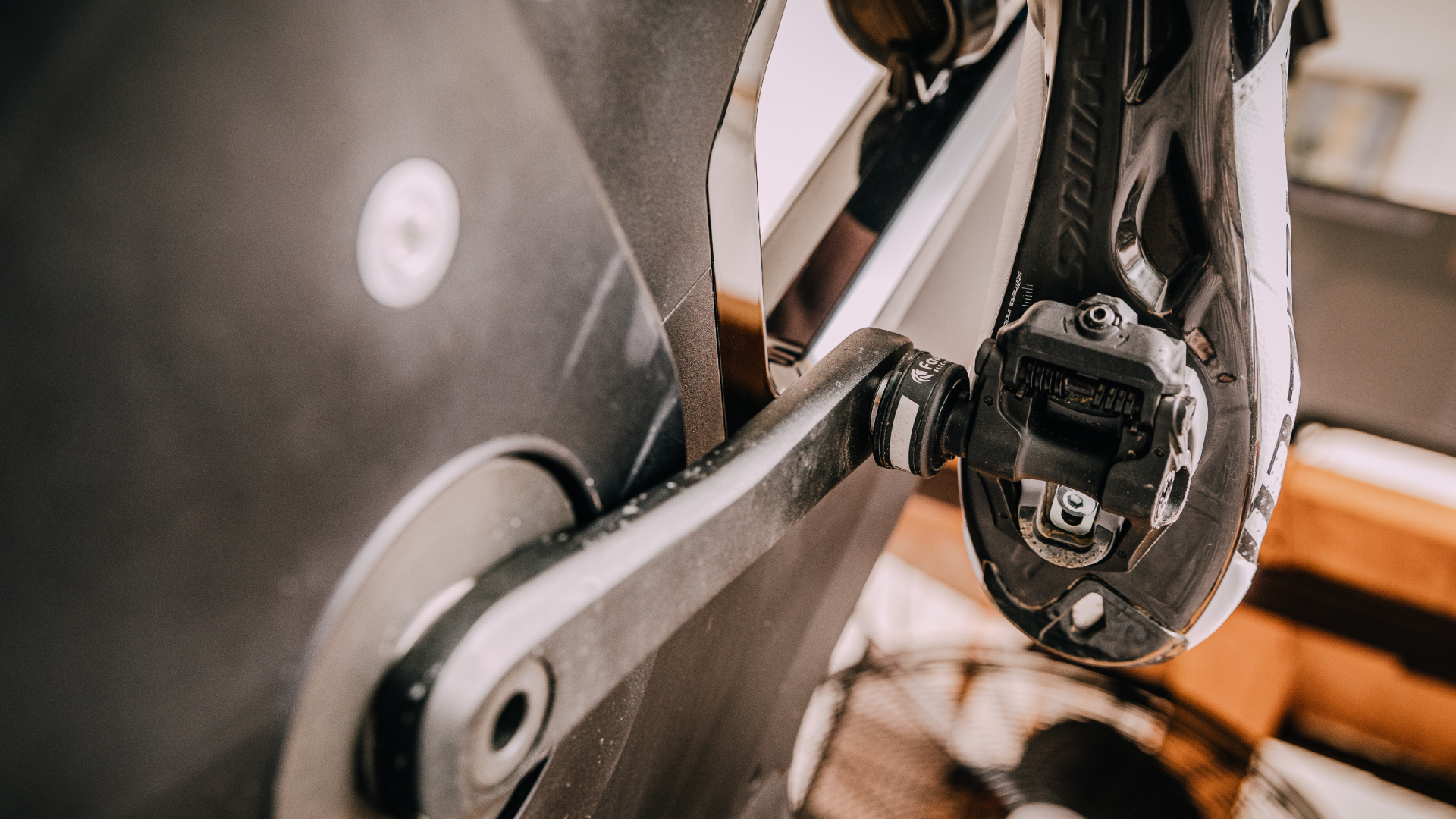
Best power meters: top models reviewed and rated
The best power meters for cycling will provide important information to help your training; we run through their key features, how to use them and pick the best
The best power meters are recording devices that provide numerical data of a rider's output during a given effort, which is most commonly read in watts. They are typically incorporated into pedals, crank arms, or chainsets and use Bluetooth for real-time or post-ride analysis. While tracking your power output is certainly the main reason for owning one of the best power meters, they can also measure the balance of power between legs and pedalling smoothness, both of which are considered key metrics in improving performance. This is why power meters have become indispensable tools for professionals, trainers, and racers looking to find gains.
Today, power meters are becoming increasingly popular among casual cyclists, too, looking to gain deeper insights into their riding. Technological advances have made them more compatible with cycling computers, apps, smartwatches, and phones, and a decrease in cost has made them far more approachable for non-professionals.
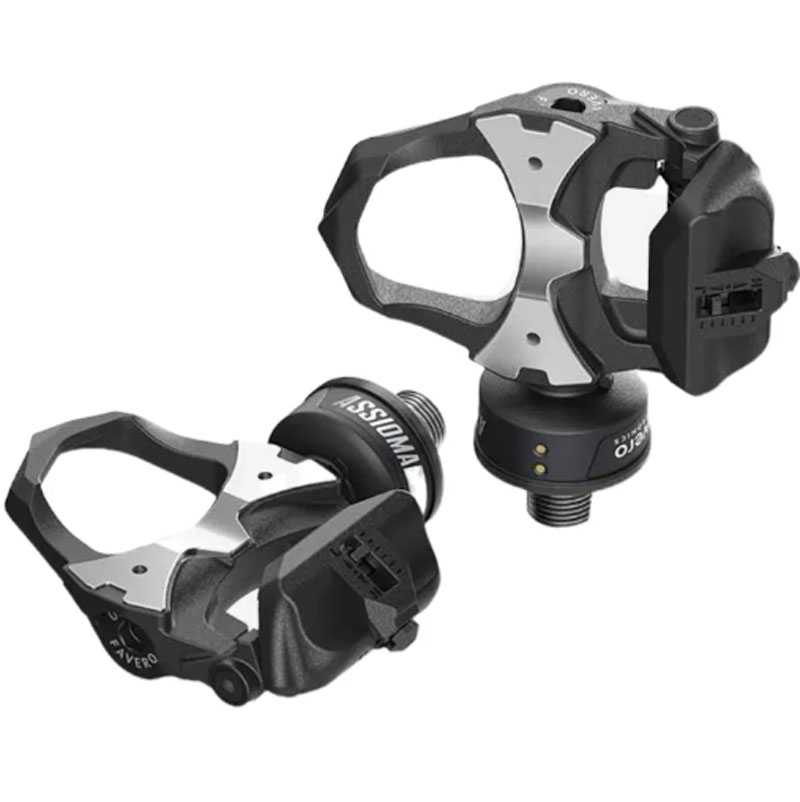
The fact that the Favero Assioma power meter pedals are rechargeable puts them a step ahead of Garmin. Without considering their accuracy, durability and waterproofing, you don't need to be a genius to work out why they are our favourite power meter pedals.

With pedal bodies available for Shimano, Shimano SPD and Look, Garmin's Rally RK200 is certainly versatile although swapping bodies isn't quick. Single and double-sided options are also offered, and they worked very well.

Certainly the lightest choice, 4iiii's Precision 3 Power Meter adds just 9g to the crank arm. It is also relatively inexpensive and works with any pedals, but it is left side only.
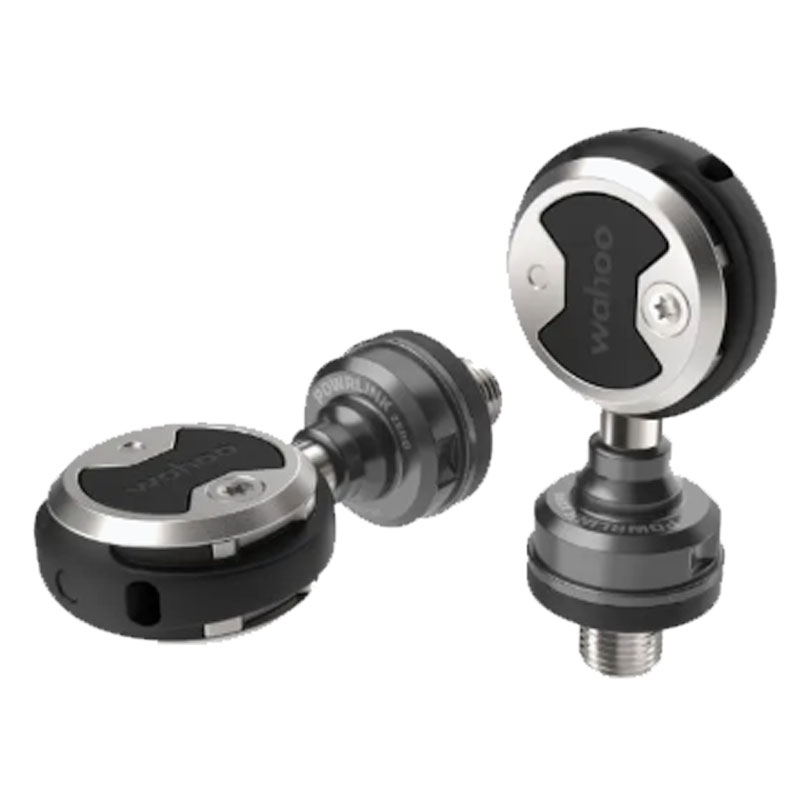
Wahoo has done an incredibly thorough job of making these as good as a power meter pedal can be, which is especially impressive at the first attempt. They are durable and super reliable, accurate, and easy to set up.
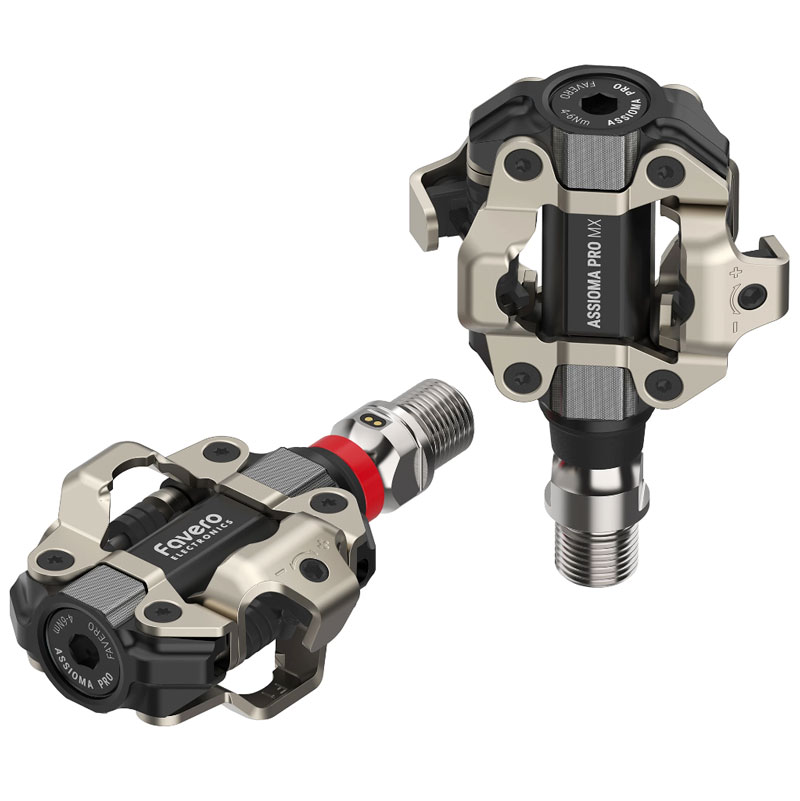
At nearly half the price of the Garmin Rally XC200 pedals (if brought directly) the Assioma Pro MX-2s are crazy value. Considering they are also rechargeable, offer a minimal weight penalty and stack increase, you have to question what Garmin is doing.
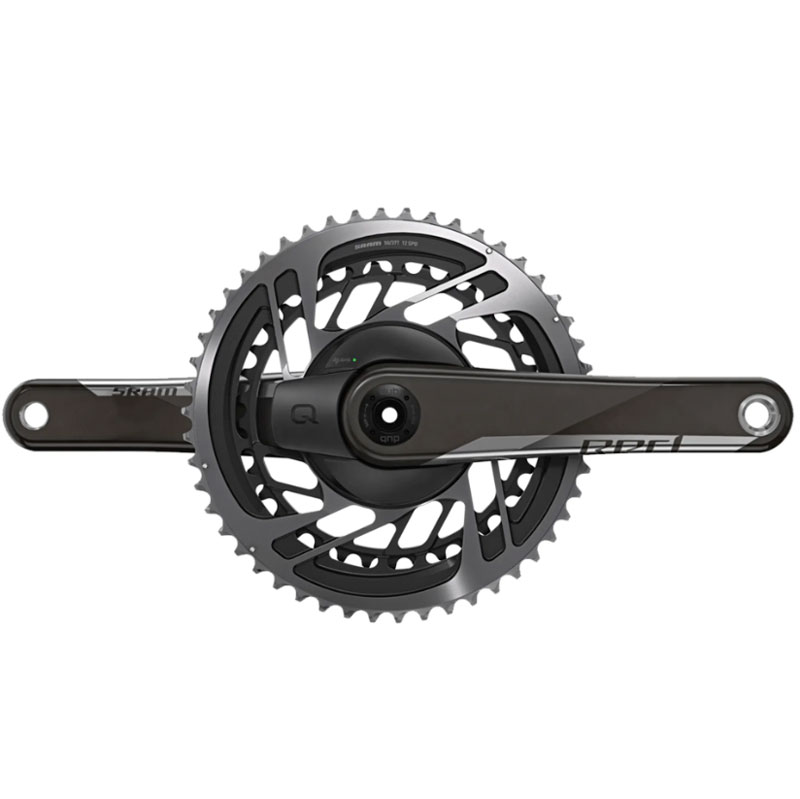
Using Quark's excellent power meter unit, the RED cranks are easy to install and provided consistent, reliable numbers. Cost is surprisingly reasonable but it is best suited to a SRAM drivetrain due to the chainring configuration.
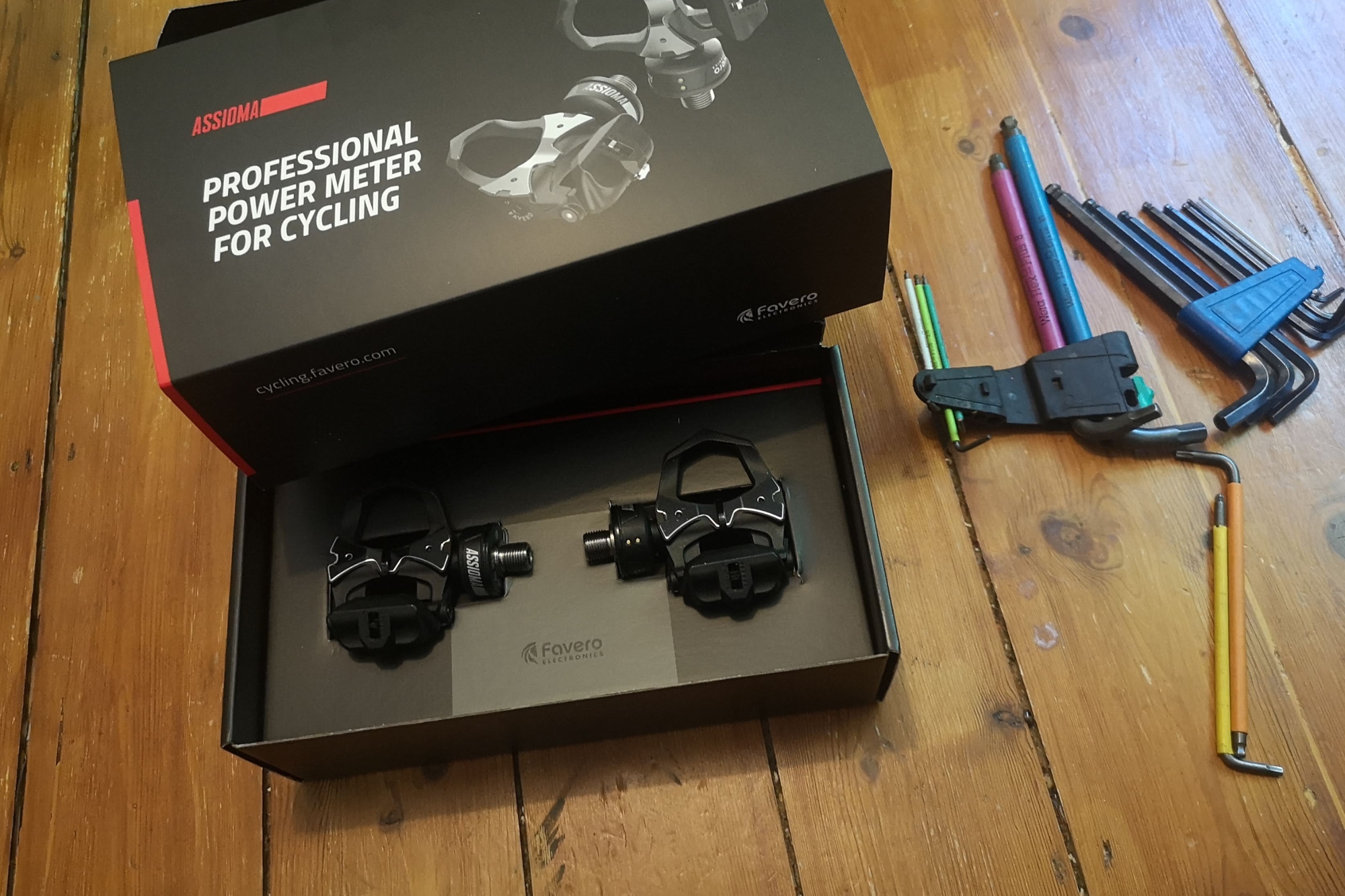
Favero's power meter pedals offer some interesting insight to you riding including platform offset
Our expert review:
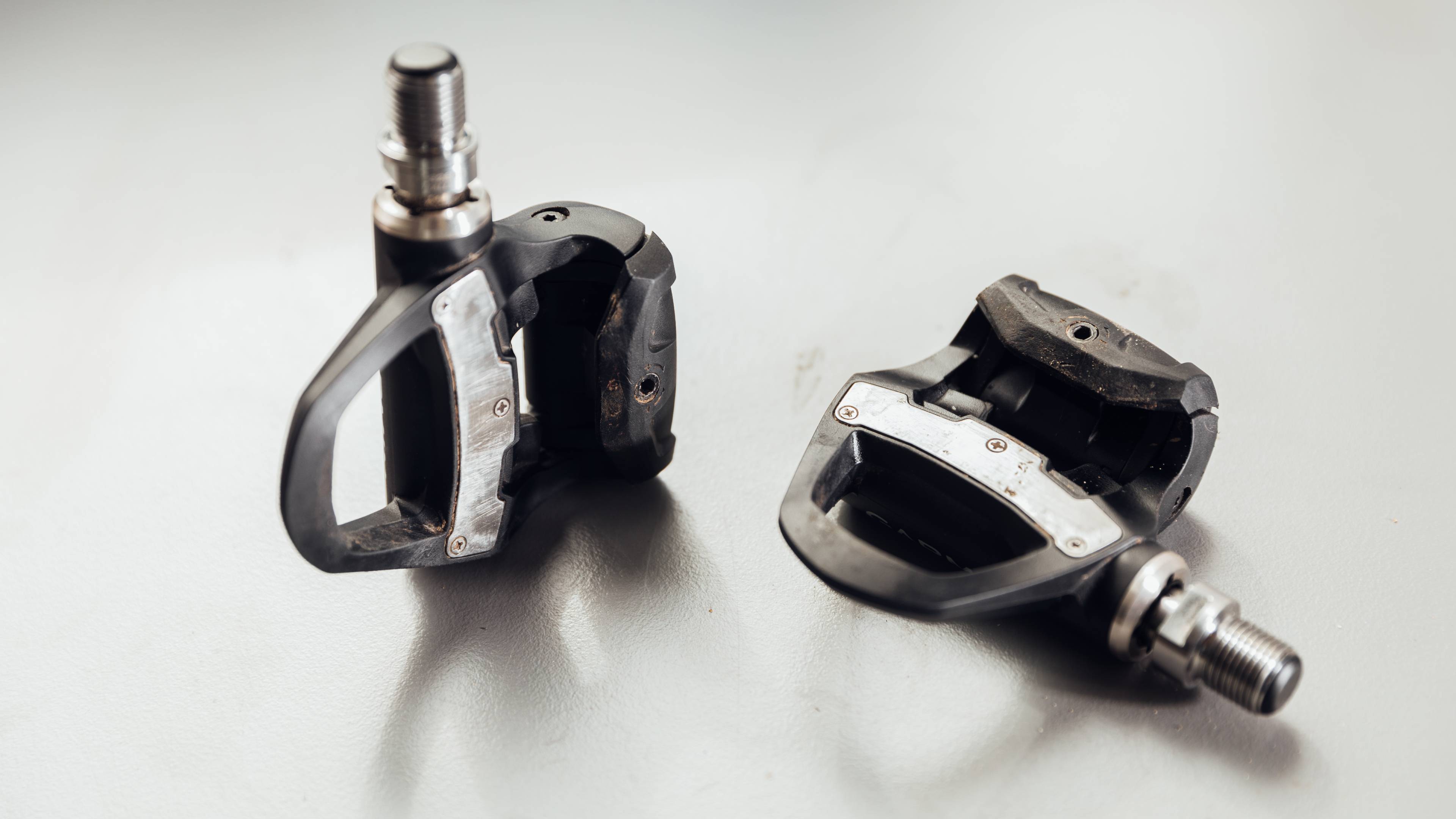
Garmin's Rally RK200 pedals are claimed to be accurate to +/- 1%
Our expert review:
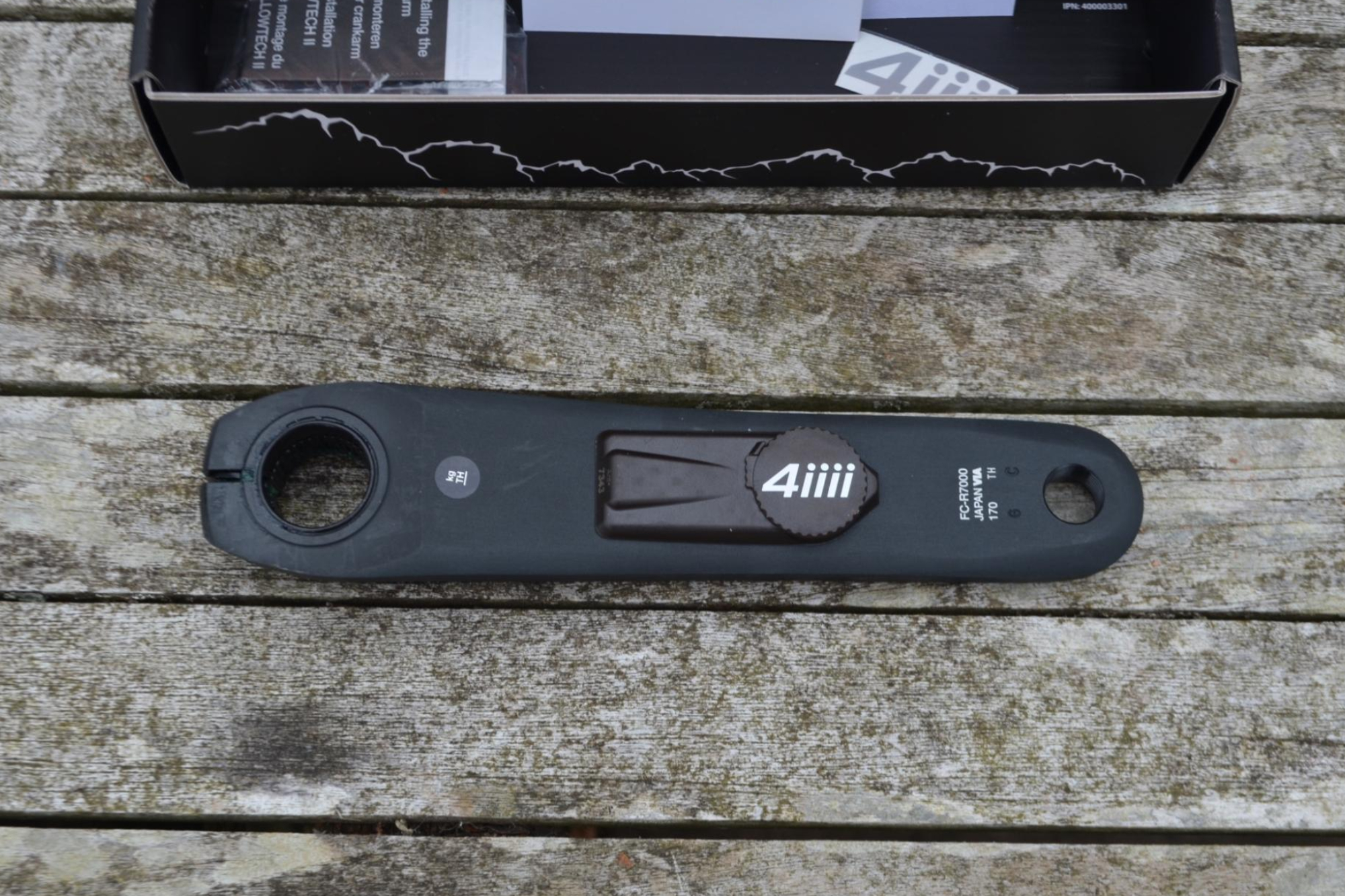
4iiii's Shimano 105 compatible power meter is a cinch to fit and lightweight too
Our expert review:
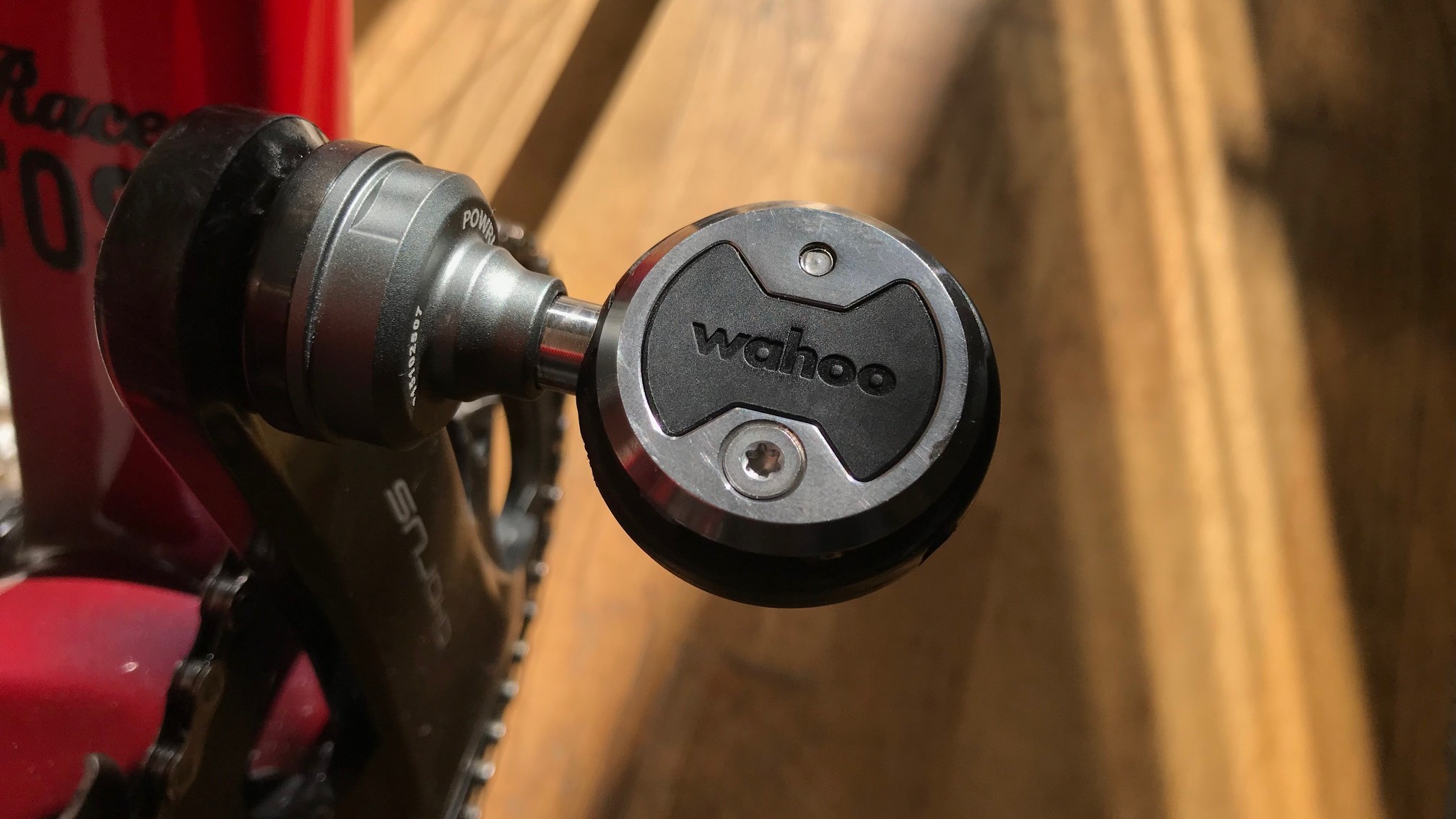
According to our tests Wahoo's Powrlink pedals are durable and super reliable
Our expert review:
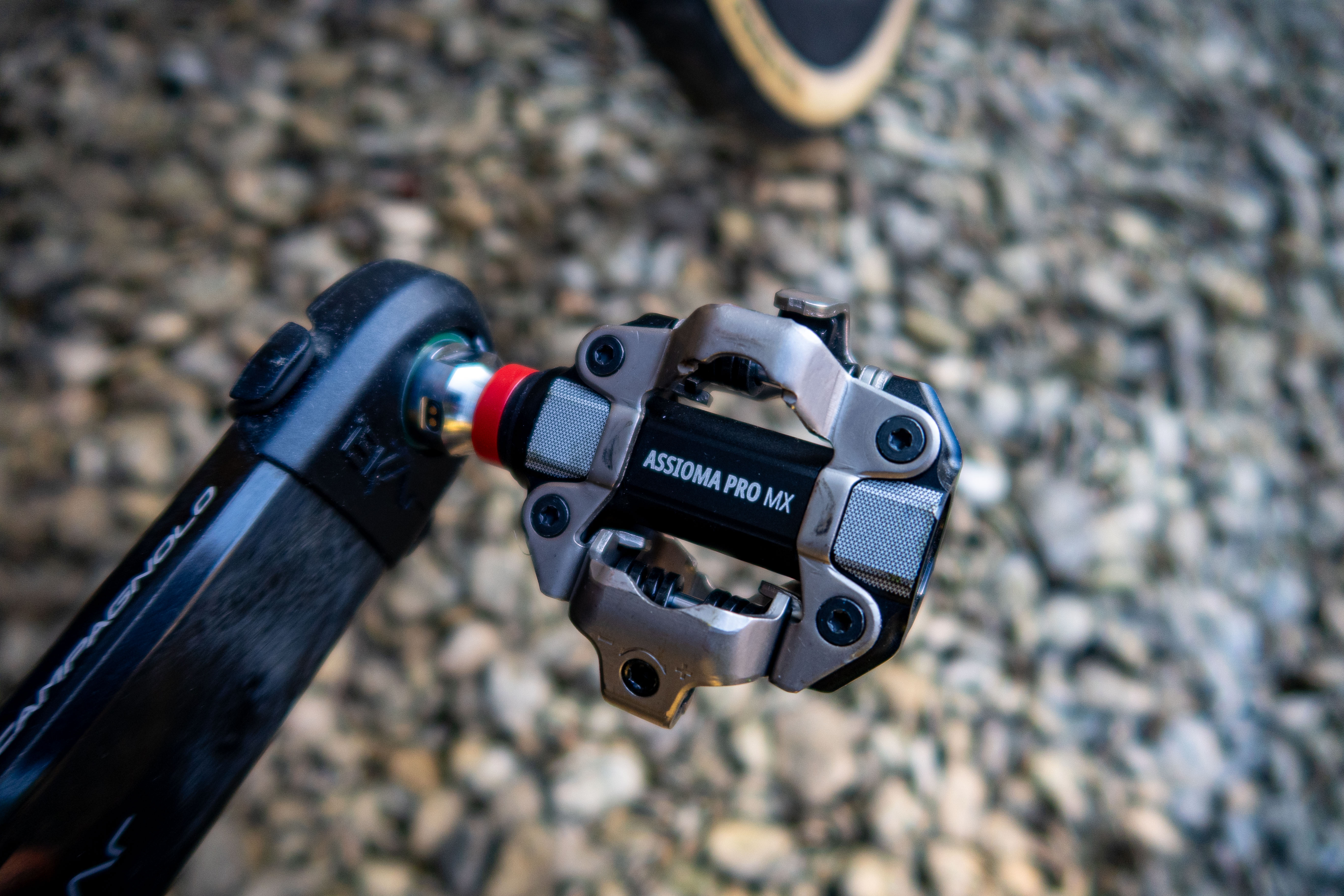
Favero Assioma MX-2 pedals are excellent value compared to the Garmin XC200
Our expert review:
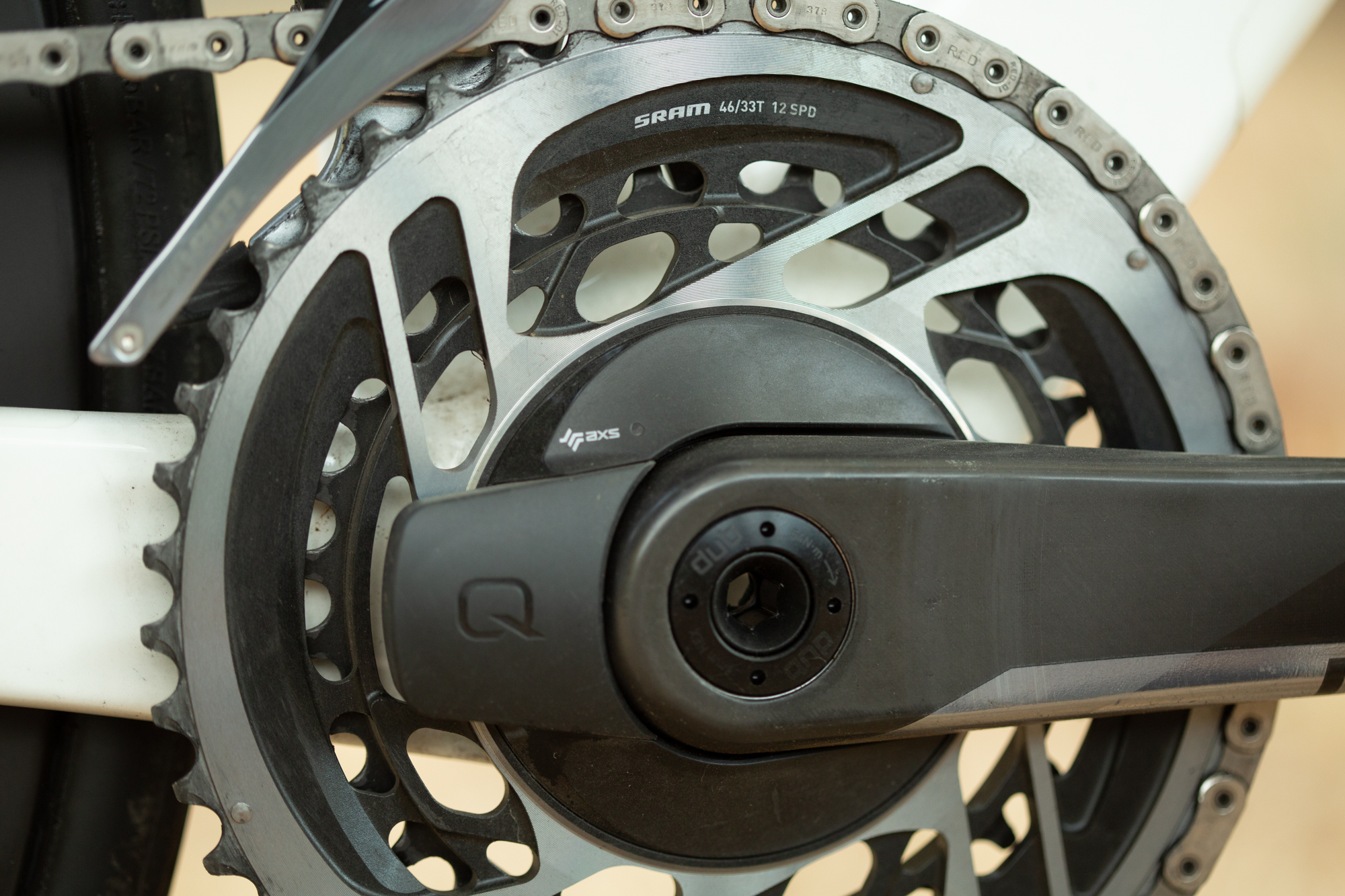
SRAM uses Quarq's DZero power meter to deliver its readings
Our expert review:
Type
Accuracy (claimed)
Reading Type
Battery
Pedal based
±1%
Dual-sided
Rechargeable
Pedal based
±1%
Dual-sided
LR44 Cell
Crank arm
±1%
Single (Non-drive side)
CR2032 coin cell
Pedal based
±1%
Dual-sided
Rechargeable
Pedal based
±1%
Dual-sided
Rechargeable
Chainset
±1%
Dual-sided
CR2032 coin cell
A power meter is a device fitted to a bike that measures the power output of the rider.
Strain gauges deflect slightly when a force is applied. By measuring this torque and combining it with angular velocity, power (measured in watts) can be calculated.
It's a good way to gauge your effort while riding that's less prone to being affected by extrinsic factors than heart rate measurement. Some riders swear by regularly testing their functional threshold power to measure how training is going. You can find out what is FTP in cycling and how to improve it on our dedicated page.
Watts are the energy required to a move a mass a certain distance in a known time period. So in bike speak, the mass is you plus your bike, and the distance is the ground covered.
Moving a bike, though, is a far more complicated scenario as its resistance to motion is far from consistent. In layman's terms, then, this equates to: power = force x velocity.
This is the key to understanding how a power meter works. It's essentially applying that equation to a given part of the bike - be that bottom bracket axle, crank, hub, pedal axle etc.
Accurate measurement of this force is one of the biggest challenges power meter manufacturers face, placing the utmost importance on the smallest of details such as the placement of the gauges, the quality of the gauges themselves and even the temperature of the measured material.
Currently, the best power meters can be placed in four key areas of a bike and how they work will depend on their location, although they will all use a type of strain gauge.
Of course, each has its advantages and disadvantages.
Pedal-based systems are easy to fit and change between bikes, but can be less accurate owing to the complexity of the force measurement. What's more, being exposed puts them at greater risk of damage.
Popular examples include the Garmin Rally and Favero Assioma, and Wahoo has recently launched the Powrlink Zero Speedplay-compatible power meter. Power meters of this type can also be single or double-sided.
Bottom bracket systems can be accurate and low maintenance. However, installation is more difficult and is made all the more complicated by the varying bottom bracket standards available today.
Factor in that a system of this type may not fit your bike and it is also possible that you have to run a different brand chainset to the rest of your groupset. Examples include Rotor INPower.
Chainset-based power meters can be very accurate but it is worth factoring in that they don't measure individual left/right power, although they can estimate it.
Similar to bottom bracket systems, they are not as easy to swap between bikes, unlike pedal-based systems, and there can be compatibility issues. Examples include the fabled SRM (the original power meter), Power2Max and Quarq.
Crank arm-based systems can be relatively easy to swap between bikes. Like pedals, they have the potential to be single or double-sided and popular examples include the Stages crank arm and 4iiii Precision meter.
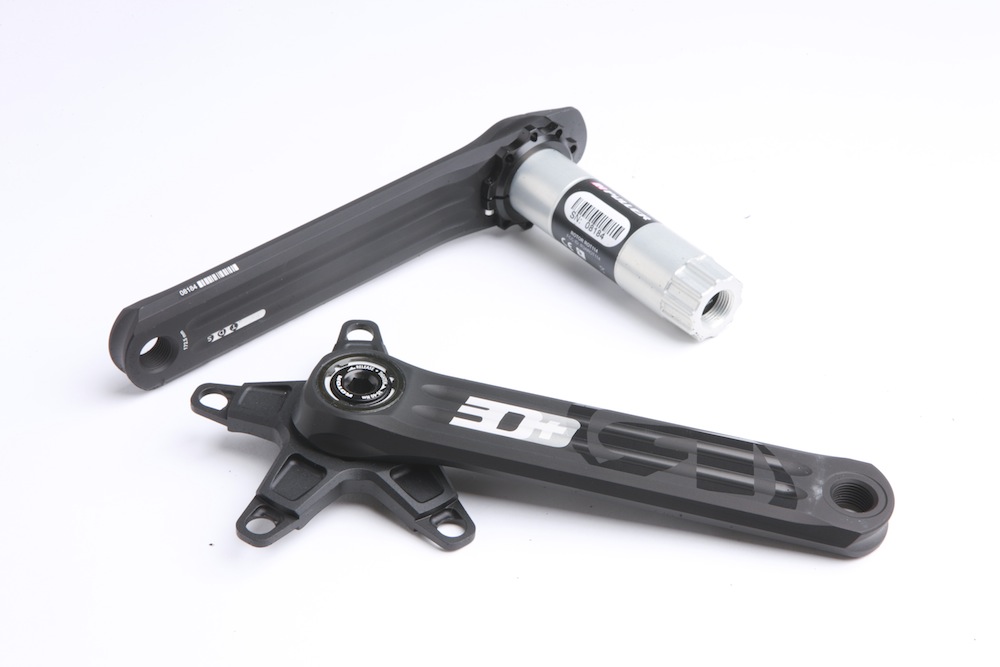
You can buy single-sided power meters that measure power from one side, usually the left, and then double the reading to estimate your total power output from both legs.
A single-sided only measurement means doubling a single leg's power may not be a fully accurate representation of your power, but it can mean they are more affordable.
It may be worth checking if you have significant imbalances before opting for a single-sided meter. Note a 48/52% balance between legs is common.
Combined power meters effectively combine the power from both right and left legs and do not measure it independently. An example would be an SRM power meter.
Note that these systems, although accurate, will not differentiate which leg the power comes from.
Left/Right side power meters, or double-sided power meters are found on more modern and more expensive power meters that have gauges in multiple locations, such as pedals and some crank-based units.
This can be useful in establishing if you have an imbalance (one leg much more powerful than the other) and for working on pedaling technique. It can also be used if you are recovering from a single leg injury.
Dual-sided measurement is limited to power meters that measure power in more than one location, such as pedals, but also more expensive crank-based units, like Rotor 2InPower.
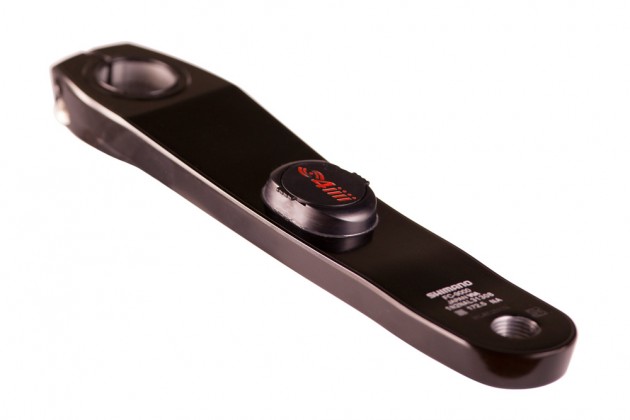
Everything rated here and the vast majority of power meters transmit via ANT+, allowing them to connect to most bike computer systems, including Garmin and Wahoo.
Most power meters also offer Bluetooth Smart connectivity - a handy tool for connecting to indoor training apps such a Zwift and Trainer Road, or smartphones, as well as for practicalities such as updating power meter software. Most cycling computers also now have Bluetooth connectivity built in.
Our guide to indoor training apps for cycling compares the best on the market and helps you identify which one you are most suited to. If you are wondering about power meters and turbo trainer compatibility, our page on best smart turbo trainers includes the latest models.
If the current climate means slim pickings on indoor trainers, or finances mean having to choose one or other, you can always bypass the smart trainer altogether and just use a power meter and simple turbo trainer. You'll need a couple of other sensors but can still work out as a much cheaper Zwift set up and you have the bonus of outside use once warmer weather arrives.
Yes, even if you are using bottom bracket based power meters, there will be the supporting software to enable you to measure cadence, as it's necessary for the power meter to derive your power output.
There are lots of schools of thought about how to train and race effectively. Some people swear by tracking data, others steer well clear, but as with most things in life, most think it's about striking the right balance. Our feature on using a power meter in training is a really great insight into what the experts say, acknowledging the best power meters as helpful tools, but not to lose touch with your rider instincts.
There is an incredible variety of power meters now on the market, which has helped their popularity, volume of sales and therefore helped bring the prices down. However, it's still very much a developing technology, which has to be accounted for in the end price.
From our experience, it's a 'you get what you pay for' product. The best power meters will have invested a significant amount of research and development in ensuring that the end product is consistently accurate, robust enough to withstand forces and harsh environmental conditions and to develop the supporting software.
Entry level - typically £250-£400/$300-$500
At this price you are likely to get a single-sided measurement that doubles the reading to estimate both legs. Stages 105 cranks are available at this price, as are 4iiii and the outgoing Garmin Vector 3 single sided power meter.
Mid-level - typically £550-£800/$700-$1,000
Mid-price starts to see pedal-based systems and dual-sided meters. Crank and chainring systems also become available. Professional athletes are increasingly using meters at this price point. Favero Assioma pedals are a fine example.
Top end - £900/$1,200 +
At the top of the market, we find dual-sided measurement and crank and spindle based systems. Examples include the Rotor 2InPower and SRM.

If you want to learn how to ride with a power meter, it's worth reading our guide on training with power. It contains plenty of useful information on maximising your gadget's potential and applying the metrics to your training.